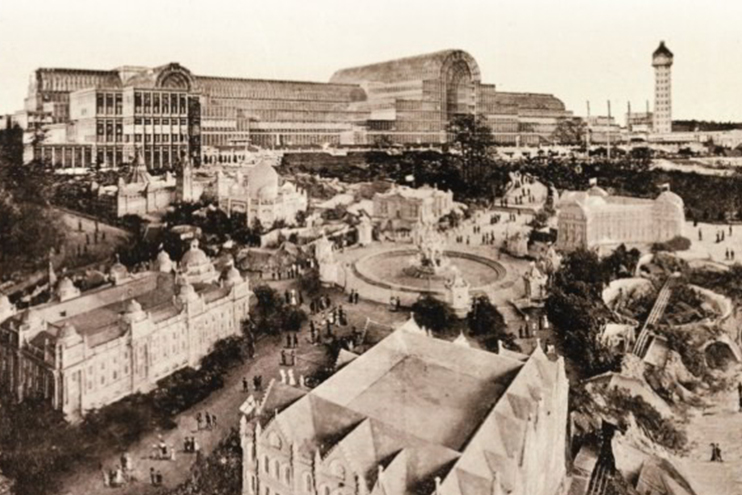
Today signifies the opening of the Festival of the Empire held at The Crystal Palace in London on 12 May 1911.
Created to celebrate the coronation of King George V, the exhibition was designed to celebrate the best of the Empire at the time.
Artist galleries, actor performances, and the scale replicas of the parliament buildings in Ottawa, Canberra, Auckland, and Delhi housing exhibits, were put on display to provide Londoners of the time a ‘virtual tour’ of the empire.
As part of the festival, an Inter-Empire sports championship between four teams was held to judge the best athletes of the empire of the time, becoming the precursor to the modern Commonwealth Games we enjoy today.
Teams hailed from Australasia, a combined team from Australia and New Zealand, Canada, South Africa and the United Kingdom, to compete in five athletics events (100 yards, 220 yards, 880 yards, 1 mile and 120 yards hurdles), two swimming events (100 yards and 1 mile), heavyweight boxing and middleweight wrestling.
The Australasia team was led by manager Richard Coombes, and six athletes, Frank Brown, Guy Haskins, Ronald Opie, George “Dad” Wheatley, W. Smythe, and one of the stars of the games, Harold Hardwick.
Hailing from NSW, Hardwick was initially chosen to be in the Australasian team primarily as a swimmer, but the 23-year-old was persuaded to also nominate for the heavyweight boxing division.
Hardwick had been taught to box by former professional Arthur Scott and had engaged in friendly spars and punched a heavy bag during swimming training but had never boxed publicly before.
Amazingly, Hardwick a talented sportsman went undefeated in the boxing competition to win the gold medal, adding to his victory in the 100-yard swim, to cap an impressive showing of his athletic abilities.
Hardwick, with his double in boxing and swimming, was Australia’s only winner at the Festival of Empire.
In 1912, Hardwick was selected to represent the Australasia combined team of Australians and New Zealanders at the 1912 Summer Olympics in Stockholm, Sweden.
Part of the 4x200m freestyle team to win gold, Hardwick captured bronze in both the 400m and 1500m freestyle, cementing his place as one of the best swimmers in the world at the time.
But like many young men of the time, with the onset of war, Hardwick enlisted in the Australian Imperial Force on August 25, 1917, serving for years before being discharged in 1919.
Described as likeable, generous and unassuming, he was the quintessential sportsman, and was inducted into the Australian Hall of Fame in 1985.
